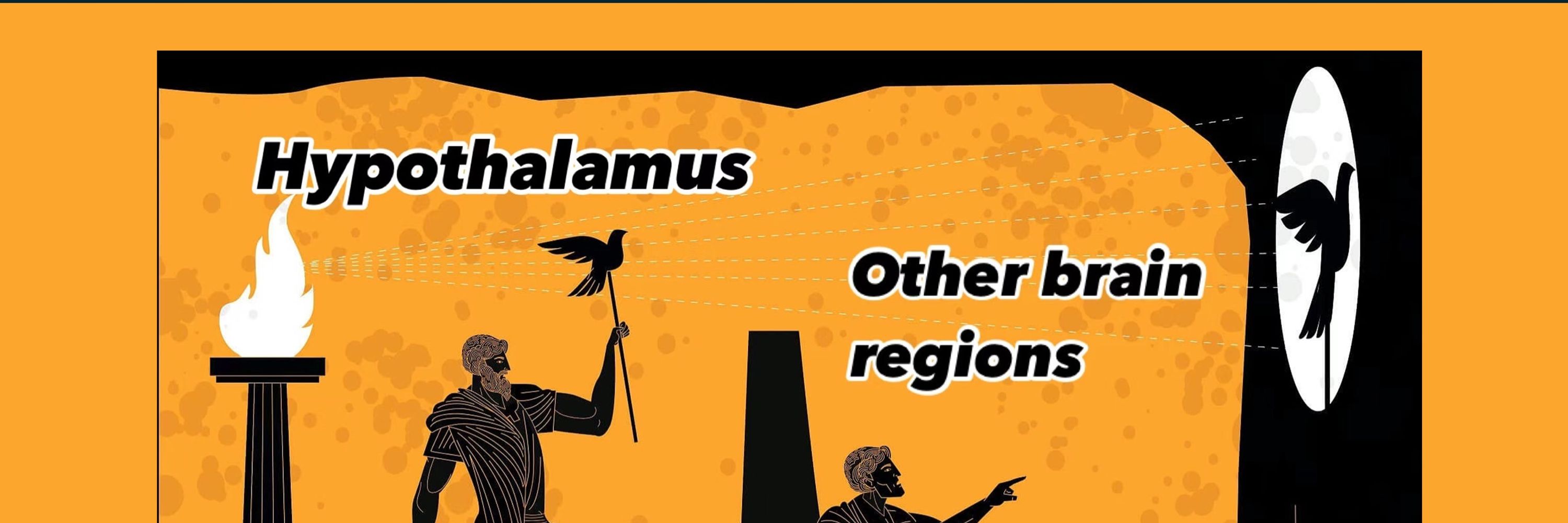
By tinkering behaviors and neural circuits in distinct animal species (mouse, sugar glider, etc), we are exploring new ways of doing social neuroscience in vivo, in silico and at home!

By tinkering behaviors and neural circuits in distinct animal species (mouse, sugar glider, etc), we are exploring new ways of doing social neuroscience in vivo, in silico and at home!

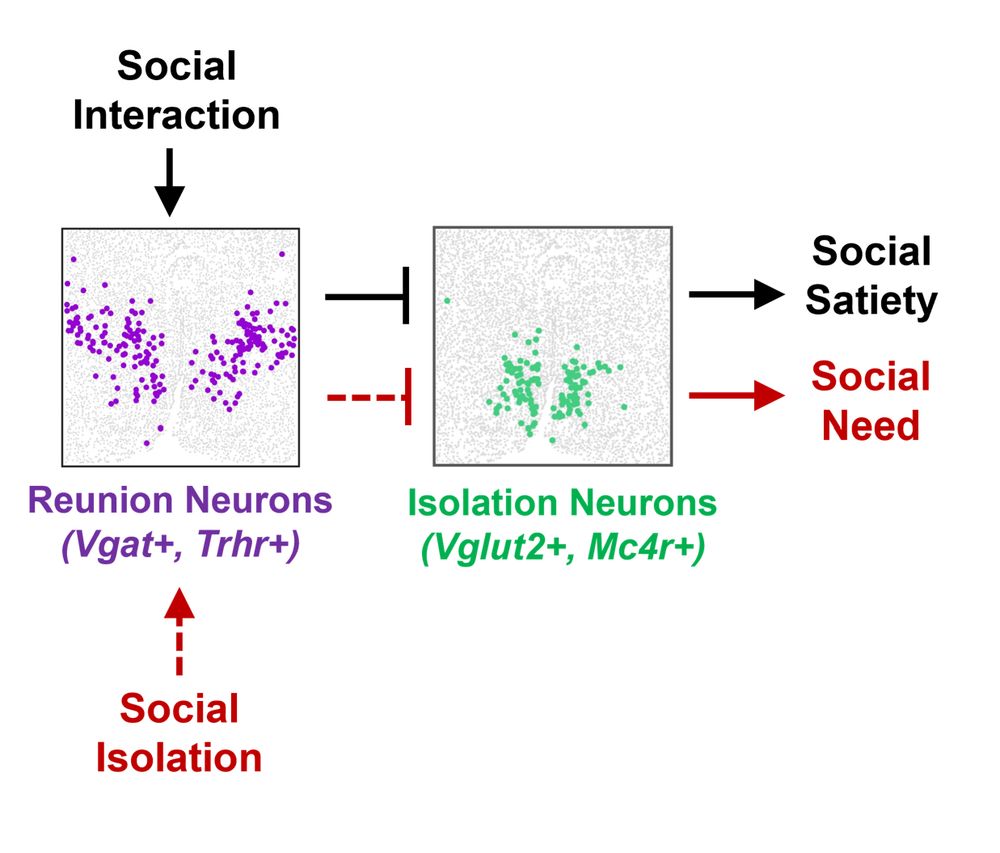
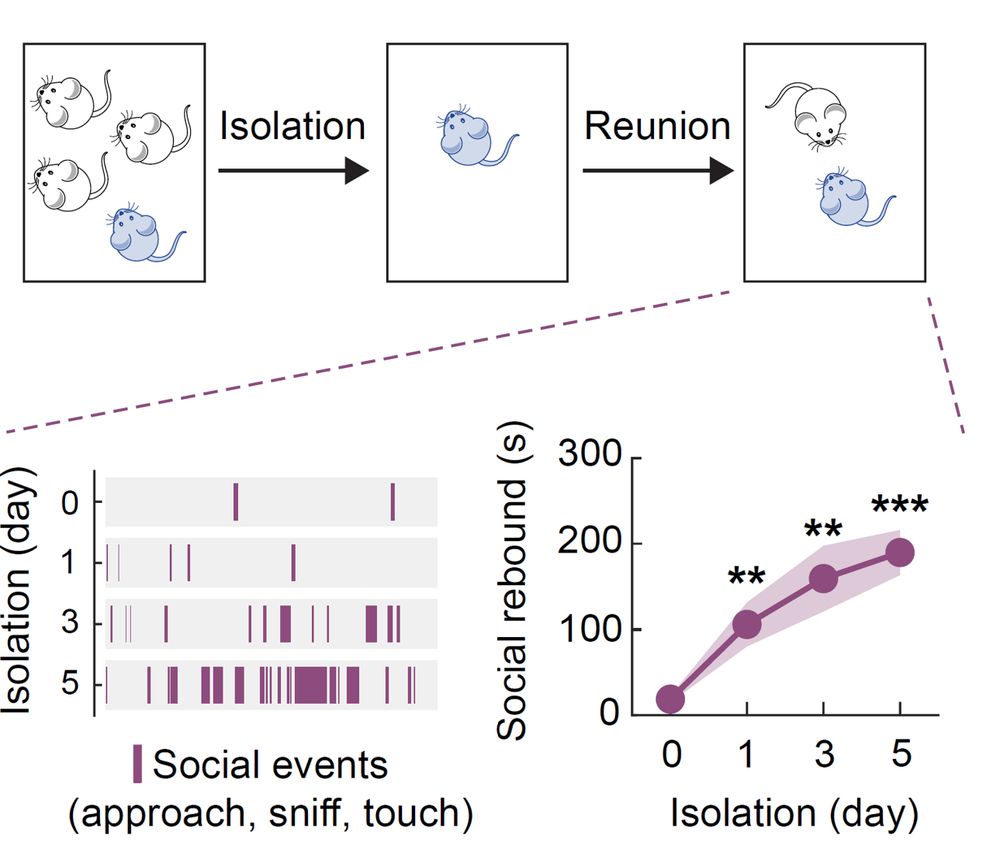
www.nature.com/articles/s41...

www.nature.com/articles/s41...

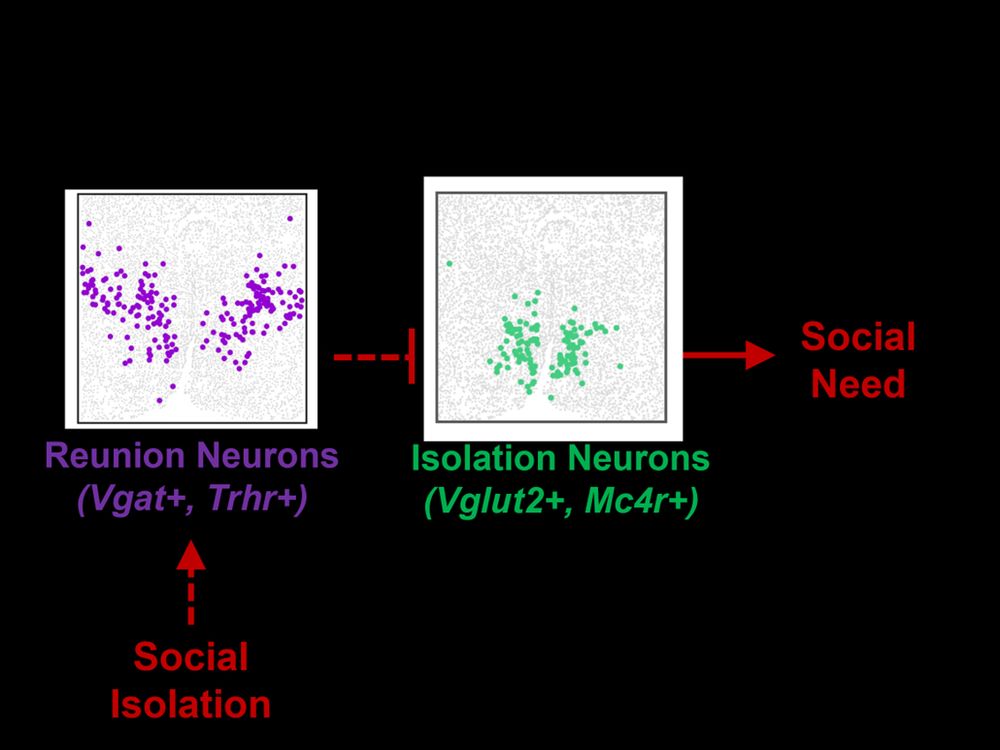

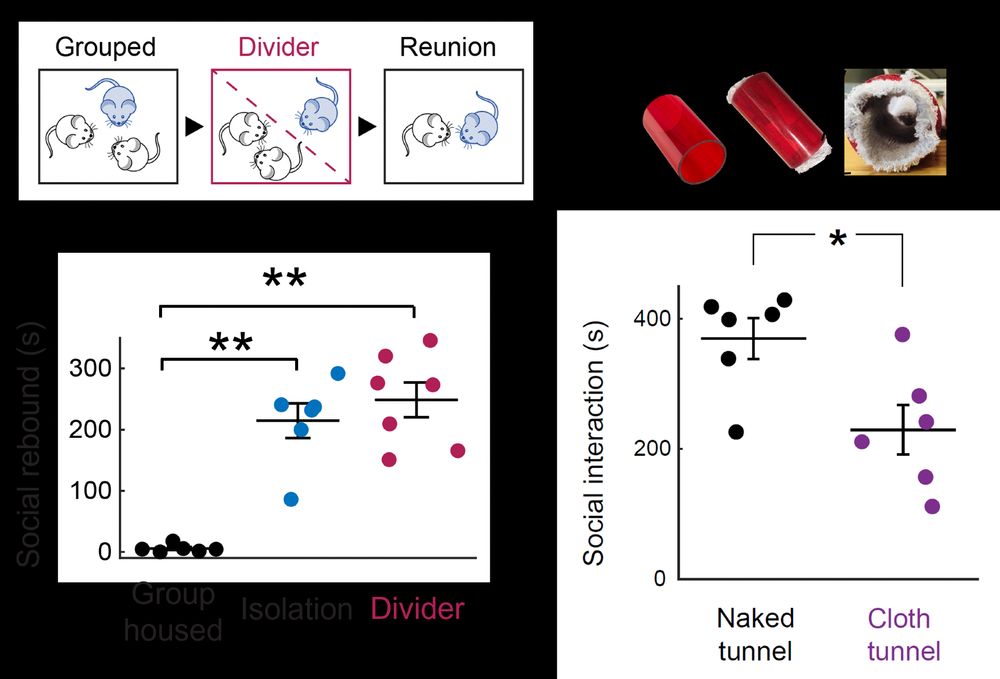






www.nature.com/articles/s41...
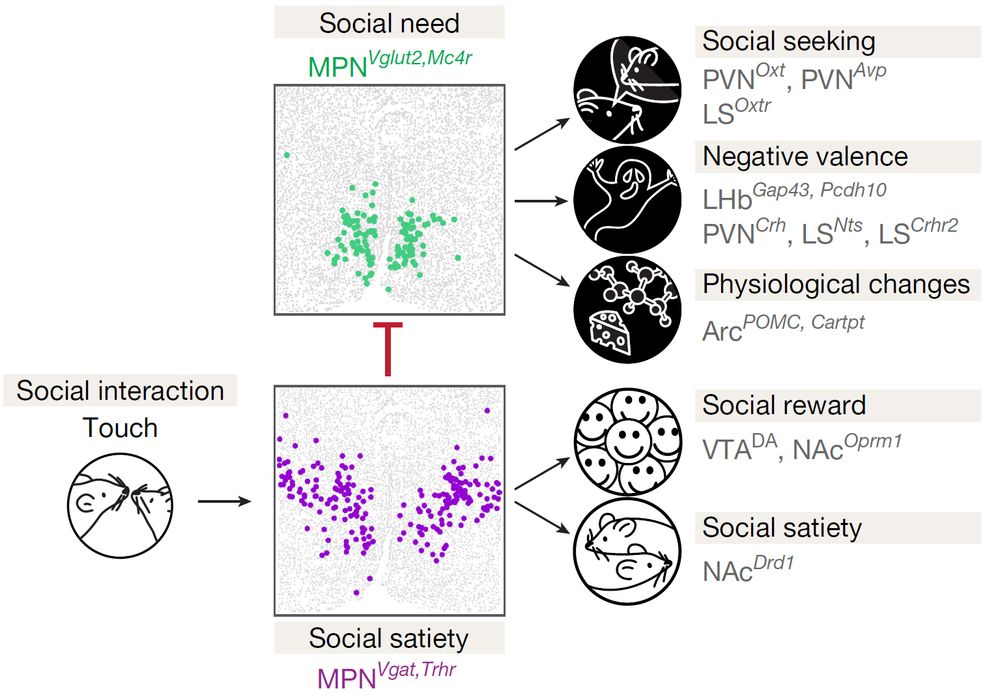
www.nature.com/articles/s41...

